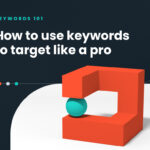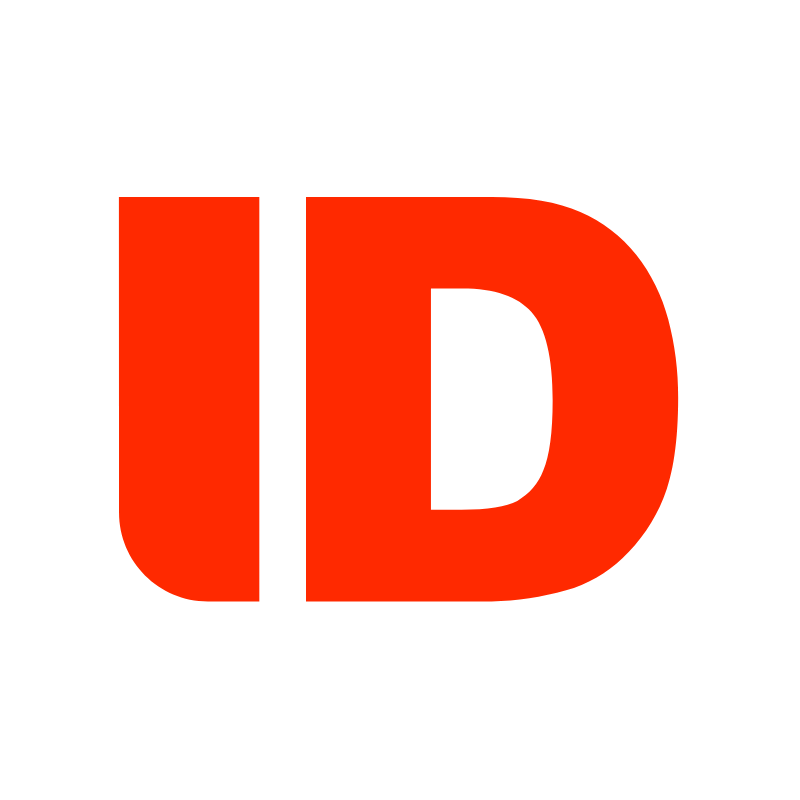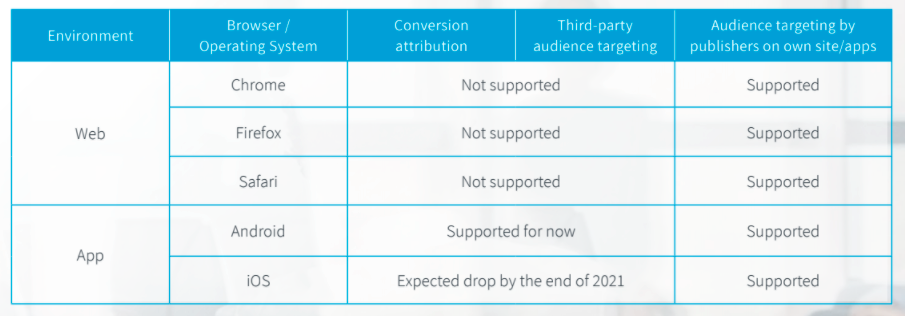Update: Google has recently proposed a new timeline to withdraw support for third party cookies. The Google Chrome browser will now implement the process in 2023, instead of next year.
Let’s level set on cookies. No, not the kind you eat (although who wouldn’t want to talk about that… hello Martha). We’re talking about the tech kind that are going away very very soon.
Quick definition and history fix
What is a cookie and why is it such a big deal? A cookie is an itty bitty data file – a simple piece of text – that sites append to you/your device when you visit them. The cookie came about in the mid 90s and quickly became a mainstream of all the world-wide-web players. But why? Because cookies contain information about a consumer’s browsing behavior/what you do online, and can also contain Personally Identifiable Information (PII). This could be used (and is being used today) for behavioral targeting, personalization, retargeting efforts, frequency capping, building profiles of users, web analytics, attribution, and more. There have always been challenges with the use and reliability of the cookie (cookie deletion, ad blockers, cross device loss, etc.), but we won’t get into that today.
Fast forward a few decades and we get into, surprise, consumer privacy concerns. Why? Because in addition to all the helpful things cookies can do (like help you easily log into a website or buy something from an online store), those same cookies are also being used to track individuals, and concerns about cookies storing PII on user’s computers without their consent; this quickly became a public concern. ETP, MTP, ITP, CCPA, CDPA, GDPR, Apple’s iOS update, and Chrome’s announcement are all very real.
So, yes, this is a big, HUGE, deal. As some call it, a cookiepocolypse. But, fear not! We aren’t ignoring it. In fact, we’re proactively planning for the best course of action in preparation for the inevitable change that is to come.
If you are a marketer, or someone who especially has an active role in media buying/planning/strategy, you MUST start thinking about a cookieless world. Even better, you should consider migrating towards and testing non-cookie tactics. With Basis, ID’s preferred and in-house DSP partner, we are evaluating all options currently on the table. And, taking a partner/solution agnostic approach, ID has developed a strong point of view on this topic.
Who/what will this affect
- Everyone. This is not a “what is your agency doing about this” or “what is client X doing about this,” it’s “how will the world approach this new normal.” Consumers, Regulators, Browsers, and Ad Tech/Publishers will all be affected across B2C and B2B.
- Ability to target and report on performance with the level of granularity we can today. Once 3rd party cookies are restricted (we’re still 1-2 years from the full sha-bang), how we are able to target and measure will change. It does not mean we can’t do those things, it just means we have to adopt new approaches.
- While many functions of attribution will be affected, the inability to measure view-through conversions – giving credit to touch points along the way – will be the biggest challenge. In the immediate, look for cookieless conversion solutions for click-through actions. “In the long term, the only reliable way will be through CDP (customer data platform) data, site analytics data, and brand lift studies. This is a shift from conversion tracking but can more fully and thoughtfully illustrate media performance.” – Shawn Riegsecker, Founder and CEO of Centro.
- Frequency control will also be affected. When you are served an ad for an item you’ve already purchased, you, naturally, become frustrated. Advertisers currently manage and cap ad frequency via the cookie to drive a better user experience. With this going away, even if an ad is contextually targeted to the right person, it could be delivered too many times, or post-conversion, as an example.
- Particularly for ABM (Account Based Marketing), the 3rd party cookie going away will not largely affect our partner’s ability to remain account-centric with B2B targeting. Where it will affect B2B is in the ability to target high intent users, which relies on cookies. In response, there are many solutions being pursued to enable us to continue targeting key decision makers at accounts without cookies. See below.
What are some solutions (current and potential)
- Live Ramp Identity Link: Think of this as “enter your email to gain access to this website,” which will allow for anonymous tagging, but not with a cookie. We cannot think of this as a full 1:1 solution. We still need to consider leveraging CRM data + PMPs (private marketplace deals in the programmatic space) + Contextual Targeting.
- Unified ID: Currently a viable option, though scale is a particular concern. Solutions here will need to be handed over to the IAB for approval and compliance.
- FLOC: Federated Learning of Cohorts, or FLoC, is Google’s privacy sandbox technology for interest based advertising that allows advertisers to reach people and target their ads without exposing individual details or an individual’s browser history. Per Google, “Chrome introduced the Privacy Sandbox…to eliminate third-party cookies by replacing them with viable privacy-first alternatives, developed alongside ecosystem partners, that will help publishers and advertisers succeed while also protecting people’s privacy as they move across the web.” The idea here is that users – anonymously – would be grouped together with others who have common interest and those clusters would replace individual identifiers.
What should you and your partners start considering
- Build out your CRM and 1p (first party) data (information collected directly from consumers), and/or start to explore partnerships with leaders in the space who are doing it themselves e.g. many brands and publishers collect consumer first party data in order to create a better on-site experience, and target based on that data.
- Talk to your partners about machine learning that does not require cookie data, but does analyze data to take action toward the best possible outcome AND provide human-like understanding of content. This falls in line with Semantic Targeting, next on the list.
- Incorporate Semantic Targeting i.e. smarter contextual with data providers like Peer39 and ComsCore. Cookie-based targeting has become a crutch for finding individuals that match your ICP (ideal customer profile). But now, contextual targeting – which used to be the “shiny new object” – is back, better than ever. “The technology [Semantic/AI Targeting] can be used to understand web page sentiment, the nuance of the language being used on these pages, and the tone of images and video. In turn, AI can configure creative messaging to complement the context in which an ad is served.”
- Evaluate PMPs (mentioned above) that you can take advantage of. They can be customized to your audience and offer access to premium publisher content.
- Look to walled gardens and publishers directly to have a higher share of your marketing budget, especially for B2B, like LinkedIn, where firmographic data will be invaluable.
- Execute on MAIDs (Mobile Ad ID’s – An anonymous ID associated with a user’s mobile device) for location and behavioral insights and targeting.
- Think about what measurement will look like in the future. If and when insights shift away from the user (based on groupings of users, context/content, location, demographics, etc.) what does that mean for your method of data analytics? And what does conversion attribution tracking look like
- Creative! The first impression you serve to the consumer in a cookieless world will be invaluable. So, don’t waste it on poorly crafted messaging.
- Nurture your hand-raisers. If you are lucky enough to start building a pool of opted-in prospects, make sure you have a plan for how to communicate with them, and keep them engaged, in both the immediate and long-term.
What not to do:
- Do not replace bad behavior with another bad habit.
- Do not exploit loopholes.
- Do not attempt to circumvent browser or privacy regulations.
Have questions about a cookieless world – and what it means for your revenue growth programs? Let’s chat.
Note, Centro is a provider of advertising technology. It is taking a solution-agnostic approach to cookieless advertising and plans to fully support a variety of technology that works best for the industry and its clients/partners. It currently offers alternatives to cookieless targeting and measurement through a mix of tactics and tools utilizing artificial intelligence and machine learning, anonymized data sources, semantic targeting and advanced performance tracking.






